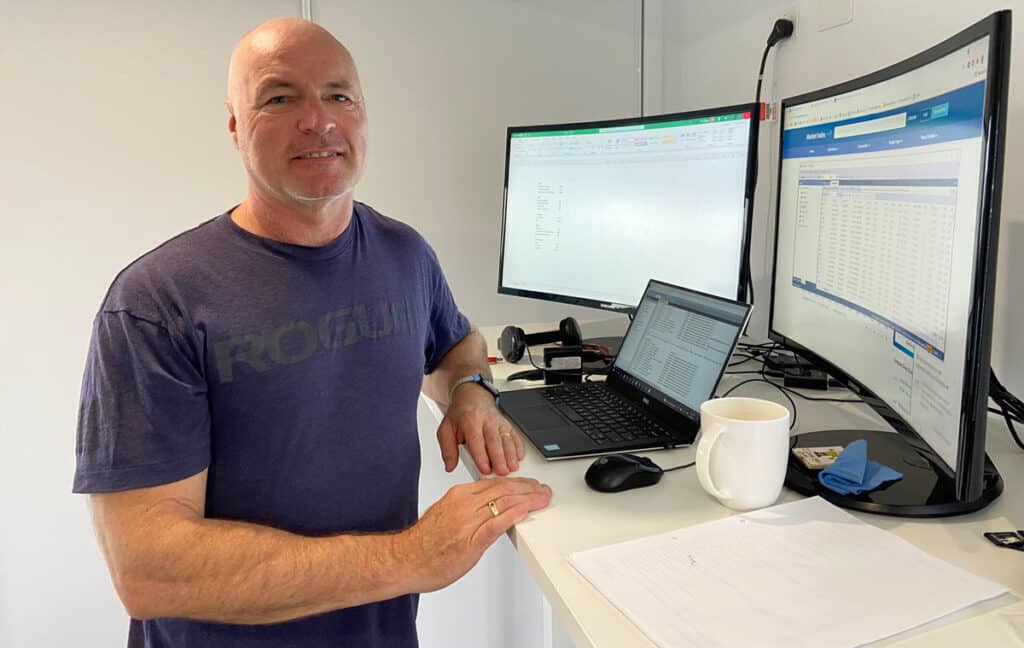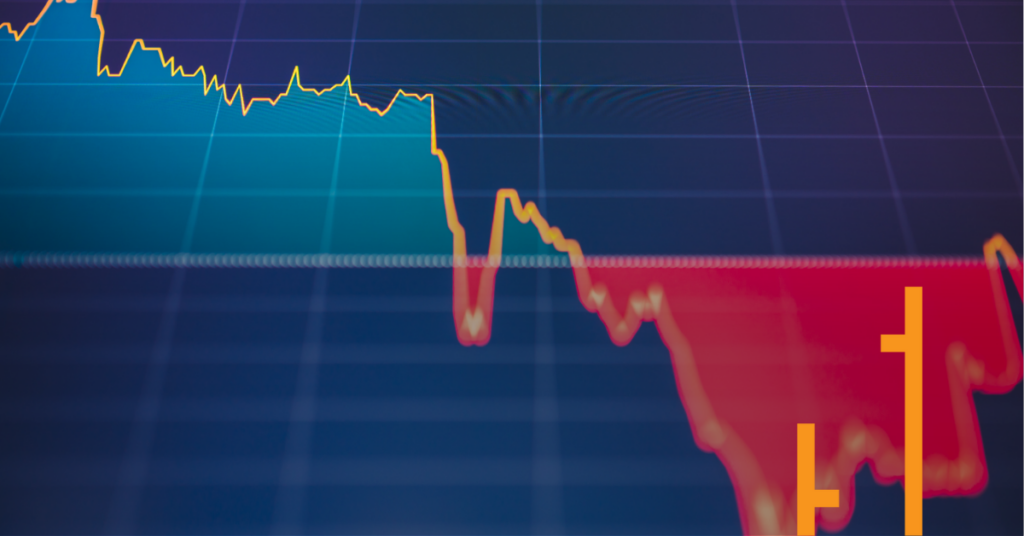
What is a Trading Strategy?
A trading strategy is a set of rules by which you trade the stock market. Your trading strategy defines how you trade. Nick Radge, The Chartist discusses his trading strategies.
My core strategy in the Australian share market is a trend following model. It’s a breakout model, which means we buy strength, sell weakness. It has an average holding period of six to eight months, and we tend to trade small cap stocks outside the ASX 100. So that’s the basic premise of that model.
Then in the US market, I also run a short term mean reversion strategy, so very different in many aspects. One, it’s trading in the US market, specifically the S&P 500 stock, so completely different market. Second of all, it’s trading a completely different style. Rather than buying breakouts, it’s actually buying dips. It’s buying into weakness rather than breakouts. It has a higher trader frequency; 800 to 1,000 trades a year in that strategy, which gives us a little bit more consistency, rather than the 25 odd trades in the trend following model. Lastly, the average hold time is only three days.
The idea is that we’re diversifying across different markets, different timeframes, different styles, and we’re getting a different return profile than you would with a trend following model. Last year is a very good example. So last year the trend following model that I used in Australia, I had a -12% year, one of the first losing years we’ve had since the GFC. Now a lot of people would say well, that’s not good enough and they would change to another strategy. Whereas that’s part and parcel of the journey we’re trading. But our US models made anywhere between 22% and 45% return last year.
So one model in one market didn’t do particularly well, but over the longer term it’ll be perfectly fine, whereas the other model did exceptionally well. And that’s what I’m talking about. I haven’t avoided the draw down. I haven’t said trend following doesn’t work anymore, and I’m not going to do that. So it will always work. It has to work. Stocks have to trend; they can’t not trend. But they can go through these periods of time where the market goes sideways. So rather than avoid that 12% negative year, or take an opinion that the next year won’t be any good, I stick with it, but I add other models to the mix that will help diversify.


